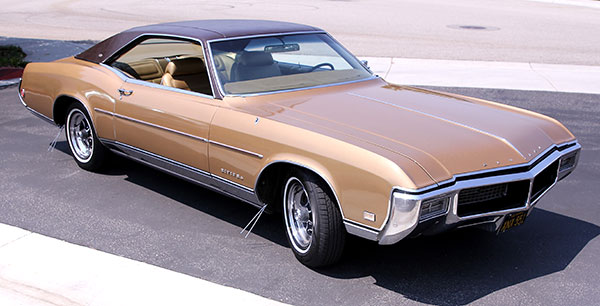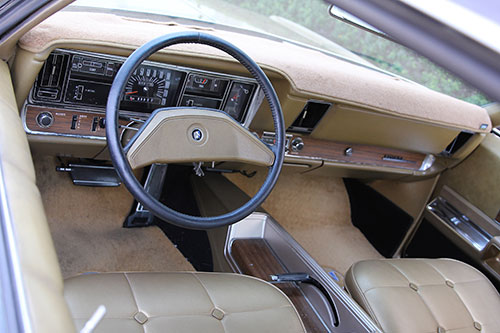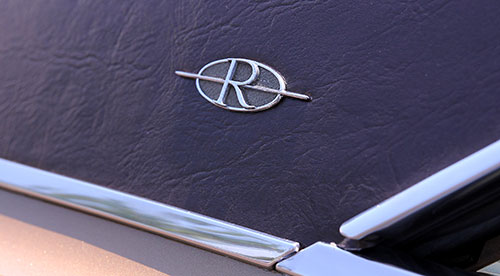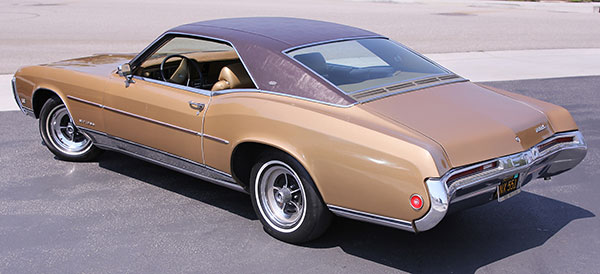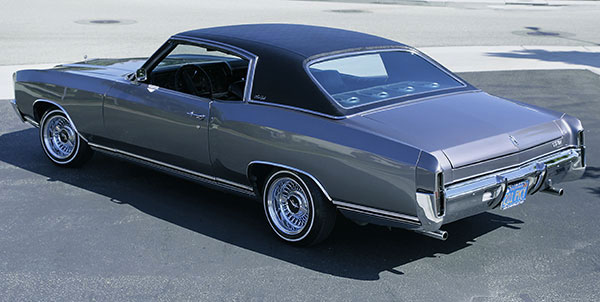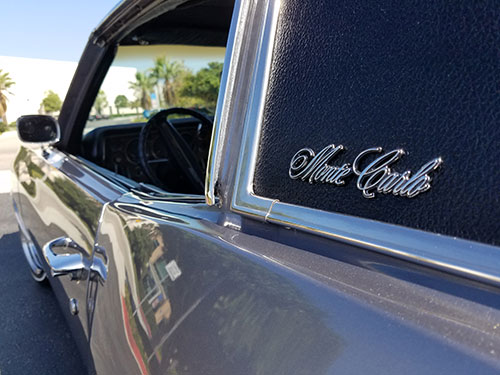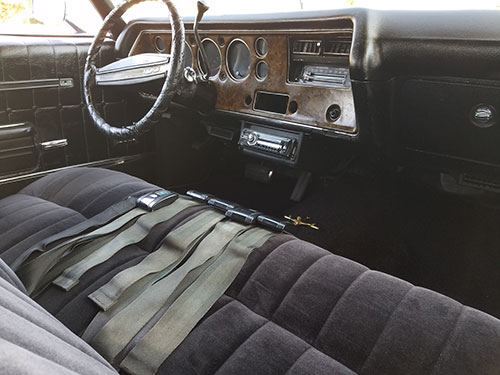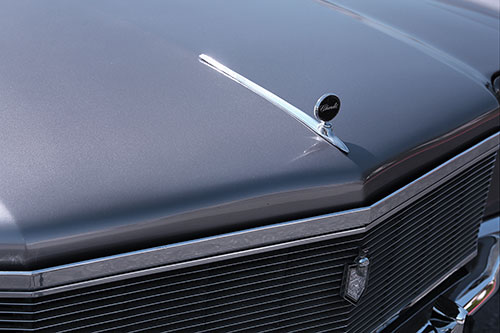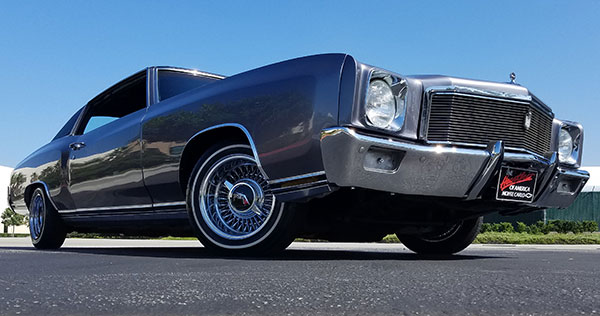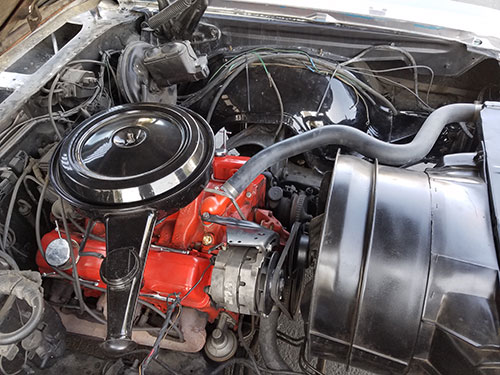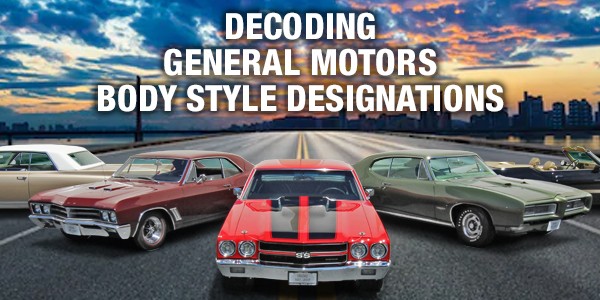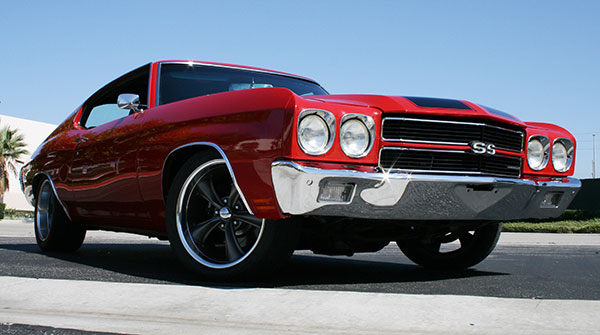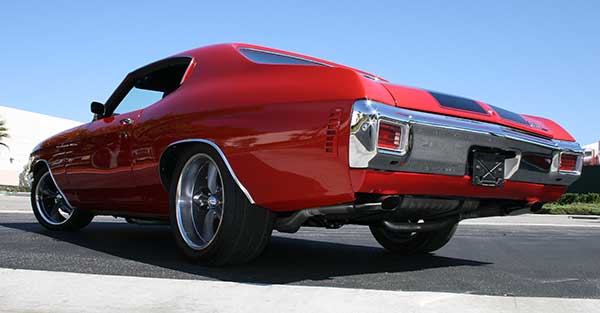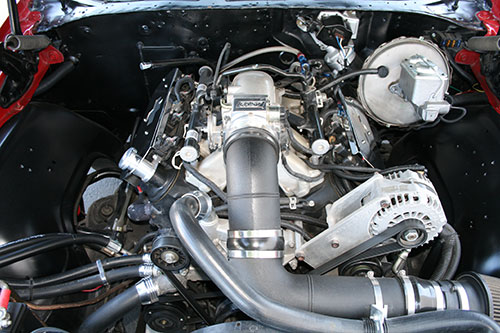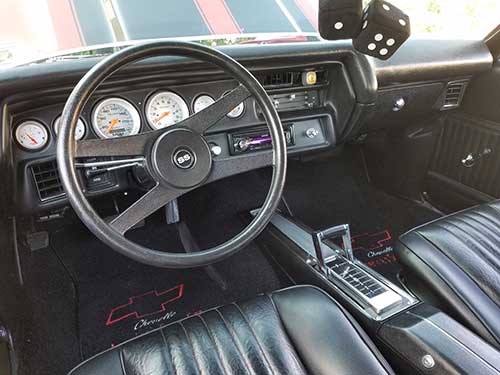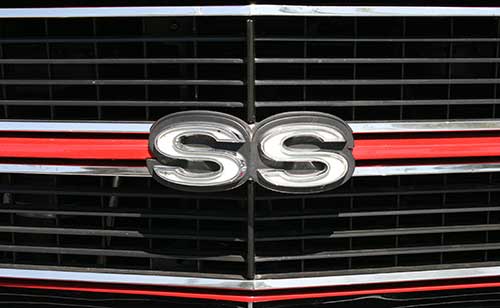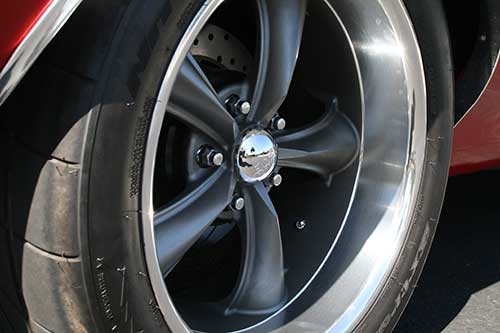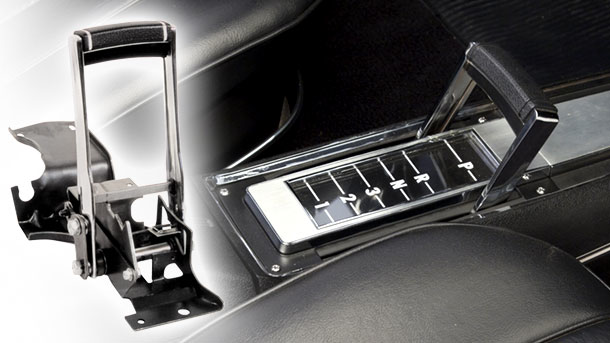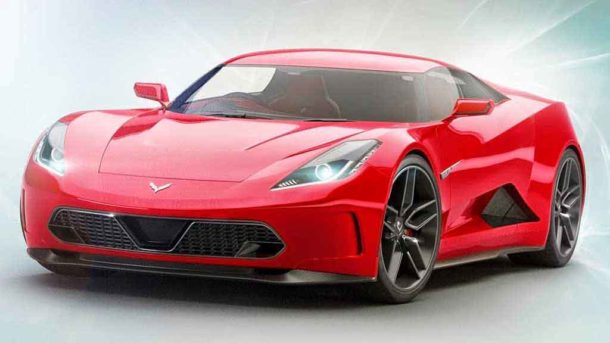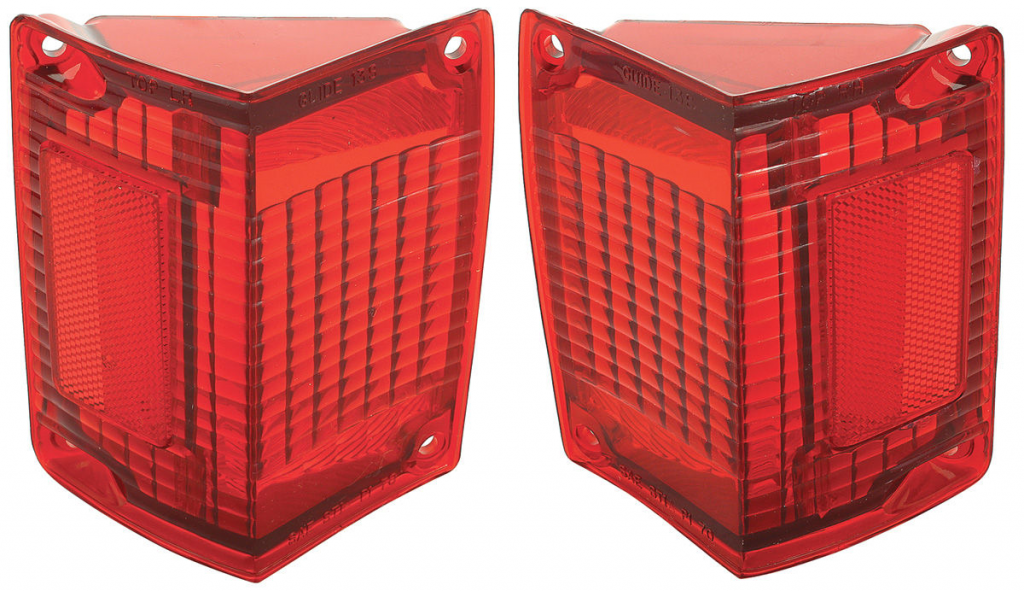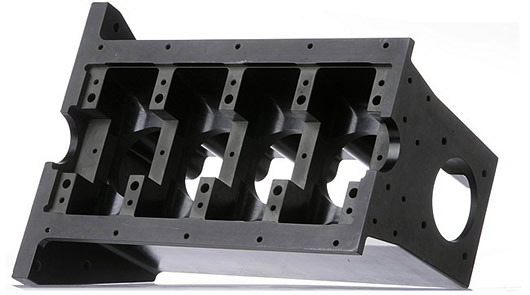Original Parts Group Inc. (OPGI), Customer Frank Nagle is the proud owner of this clean 1969 Buick Riviera. This Riviera is obviously another example of the many really nice cars we see here at OPGI’s Seal Beach, California headquarters building. We asked Frank if we could share photos of his car here on the OPGI Blog and he not only said “yes,” but also added that he would write up the history of the car to share with our viewers as well. Without further delay, here is the story of how this 1969 Buick Riviera came to be restored, written in Frank’s own words:
“I’ve always loved old cars and the idea of restoring an old forsaken bucket of bolts to its original glory, but it had never crossed my mind to venture into such a project myself until a friend asked if I’d be interested in buying the 1969 2-Door Buick Riviera Hardtop he’d recently picked up. It was an impulse buy, to say the least, and I handed over $1,000 and said, what the heck, I’ll give it a try.
It was a piece-of-junk-car I referred to as a “basket case,” meaning you could pretty much carry all its parts in a basket. It hardly resembled its original beauty, but by enlisting help from experts, my new found hobby would, in time, change all that. With a rotting radiator, a non-existent exhaust system, a mess of an engine covered in oil and grease, a completely trashed interior, and a landau top rotted through to a rusted out roof, my work was cut out for me. It didn’t end there. Needless to say, the air conditioning didn’t work with its decaying hoses, and when I opened the trunk it was completely rusted out with a decomposing 40-year old tire inside that nearly disintegrated before my eyes just by touching it. Still intact, however, next to the heap of decomposed tire was a jack, the original jack, and still in good shape.
I enlisted help from the best to resuscitate this deserving old car. I was fortunate to find people who could do the work or assist me in the restoration. The owner of Frank’s Radiator and Muffler in Huntington Beach was very instrumental in prefabbing and forming the exhaust pipes. It was the only shop I found in the area that could do this. Frank’s shop replaced the radiator as well.
I had the interior completely redone to match its original contour and color, gold. Air conditioning repair came next. Although A/C wasn’t too common in cars in the ‘60’s, it was an option offered for the Buick Riviera, and this one had it. The dashboard had to be removed to replace the A/C hoses, and when all was said and done, it worked great and still does. That is, it works great for a refurbished 50-year old air conditioning system of its time.
Next, it came time to tackle the engine and I contemplated adding a dress-up kit (chrome valve covers, chrome oil filter top, chrome generator). After consulting with a mechanic, I was presented with two choices: dress it up or bring it back to factory condition, the way Buick made it, with nothing added and nothing different. I chose to go with restoring it back to its original condition. With help from different businesses (including Original Parts Group Inc.) the project continued. OPGI was invaluable helping to locate all the parts needed to get the Buick back to its original state, and I credit a gentleman named Dave Salisbury at OPGI, who really knows old cars, for much good advice. Through him, I learned of a cleaner that helped bring the engine back to its original, pristine condition, free of a lifetime of grease and oil. With Dave’s help I was also able to obtain parts I wasn’t able to find through any other source.
Finally, it came time to put the icing on the cake and complete the paint and body work by getting rid of several body dents and rust spots and refreshing the original gold paint color to bring the beauty back to life.
Now that the car is complete, it sure is nice going out for a spin every now and then on occasional Sunday drives. The 430 cubic-inch engine and 4 barrel carburetor (430-4), help explain why the car only gets 8 miles to the gallon. I figure I can either make a house payment or fill the tank, thus the reason I only go for an occasional spin, maybe 50 miles every month. As far as I know, the Riviera has 144K original miles on it and no evidence of major accidents. All the engine parts match and everything has been restored to original condition. However, I must admit that you never really completely finish restoring a classic car. There always seems to be something like a nut or a bolt or some other little item that’s hard to come by and difficult to find, that you are on the hunt for. It’s a never-ending process and a never-ending love at the same time. I’ve had several offers for the car, but it’s a part of me now, like an old family friend.” – Frank Nagle
Shop for Buick parts at www.opgi.com.
Follow us on our OPGI Facebook page. Click here and Like us!

